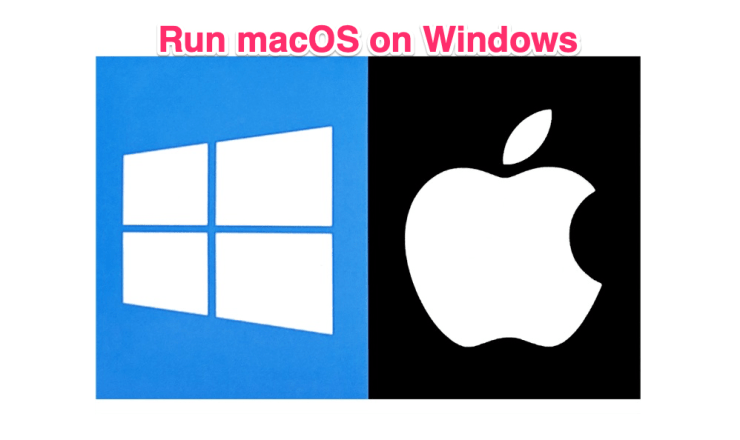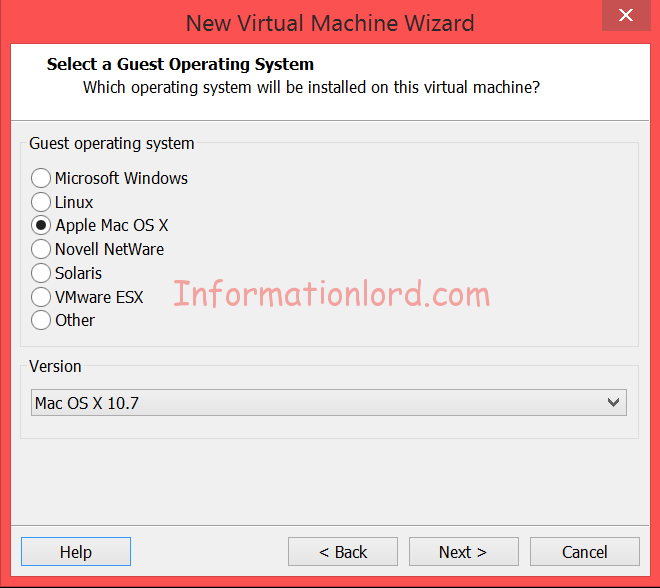

- RUN MAC ON WINDOWS 7 HOW TO
- RUN MAC ON WINDOWS 7 INSTALL
- RUN MAC ON WINDOWS 7 ZIP FILE
- RUN MAC ON WINDOWS 7 DRIVERS
- RUN MAC ON WINDOWS 7 UPDATE
This was tested on Win7 Ultimate black ed. Offcourse this also must be checked to run as an admin (MacMakeup). I use A-Mac address changer or MacMakeup. Any tool for changing mac address works in my case.
RUN MAC ON WINDOWS 7 INSTALL
BUT!!! Before you do that install card wireless software and mark it to run as an administrator then restart, install xp driver and restart again just in case. Uncheck show compatible hardware and pick your card from list and go to have disk.
RUN MAC ON WINDOWS 7 UPDATE
Go to update driver in your card properties and choose to browse hdd, then to pick from a list. 99% of laptop computers have opened option in adapter properties for changing mac address without any software needed.
RUN MAC ON WINDOWS 7 DRIVERS
The problem is not in win7, it`s in drivers that win7 installs instead of you.This is for those with wireless card isue!!! If you have wireless card on your desktop computer just manually update preinstalled driver (the one that windows installed) with XP driver.
RUN MAC ON WINDOWS 7 HOW TO
HOW TO CHANGE MAC ADDRESS IN WINDOWS 7? Very easy. try change register windows PD: Link-layer Topology Discovery Mapper I/O Driver and Responder. and display: MAC ADDRESS.: 00-45-12-1f-d5-cd (Inactive, 00-12-f2-12-sd-f1-f5) I think is the driver that install automatically windows 7 "AR5005GS #2" or some SERVICE capture settings adapter properties why when install SOFTWARE TP-LINK this haven't access to device in somewhere find that changed driver to XP can change MAC, but can't change driver to XP on Win 7. When enable the device network, the change keep without effect. when device is disabled and used (TMAC 5 R3) with administrator account, this program does change. Some one interesting is that in properties of driver I set MAC ADDRESS and this keep, but in state connections properties display the original. Once that was done we rebooted et voila, keyboard and mouse now working as expected and Device Manager reported Intel (R) USB 3.0 eXtensible Host Controller which confirmed our suspicions.Hi, I use Win 7 RC 1 7100 and tried change the MAC with software (TMAC 5 R3) and advanced properties of driver, but nothing.
RUN MAC ON WINDOWS 7 ZIP FILE
We then replaced the old version of the Boot Camp support files (make sure you extract all folders from the ZIP file or the installer will moan) then copied the suspected USB3 drivers to C:\Windows\inf which meant if the files were correct they’d get automatically installed by Windows as sysprep completes. We also placed the contents of HCSwitch into the inf folder as well just to be sure. At that point we booted up the OS X side of the dual boot and enabled NTFS write support on the Windows drive. Upon inspecting the package we spotted some interesting driver files in the $WinPE$ folder which looked very much like USB controller drivers. Note to Apple, just put a list of supported machines on each page rather than telling us which ones it doesn’t work with… much easier to read that way (imo).

The way the download page is worded actually sends you off to the wrong version unless you read it very carefully! With that in mind we went back to Apple’s site and looked at the two updated versions of Boot Camp software ( and ). We didn’t like the sound of either of those so my colleague Tristan Revell started digging and found a few possible causes, in the end he concluded USB3 was the problem after a couple of attempts to get various input devices to work after Windows started up The first we noticed was message popping up saying that the version of Boot Camp wasn’t supported (5.1.56.21) which we were expecting what we didn’t expect was the fact the keyboard and mouse didn’t work! Posts on the Apple forums suggested either rebuilding the image from scratch from fresh updated Boot Camp media or using Windows 8 instead. That was until we tried to use it with one of our new machines, a 21.5″, Late 2013 machine. This has been working well, coupled with my BootCamp auto installer means the process is near enough fully automated and used the same version of Boot Camp support software across all our hardware. We run a lot of our Macs with a dual boot setup pushed out with DeployStudio so the machines can double up as standard Windows desktops.


 0 kommentar(er)
0 kommentar(er)
